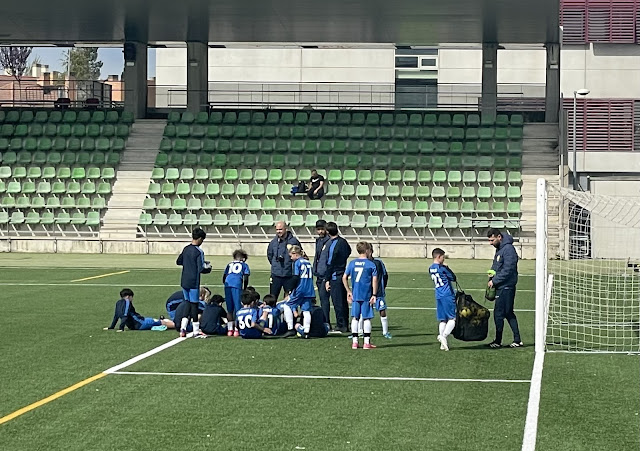20250530 NSW Bingara to Gravesend
20250529 We left for Bingara to camp at Gary’s cousins house Robin, for a couple of days and checking out Bingara on the way. We noticed the many orange trees along Finch Street that are over flowing with oranges ready for the upcoming festival. Bingara’s orange trees were planted in the 1950’s to commemorate the town’s fallen soldiers from World War I and II, but it was in 1998 the town decided to hold an annual festival to emphasise the importance of the trees entrusting the local children with their care and maintenance.
John and Robin took us on a bit of an adventure stopping first at one of John’s homes to check out his 1919 truck and what a weapon it was. We then all pile into the cars for a drive around John’s property and rounded up some lost cattle and check out the Longhorns hiding just over the hill.
Made by the FEDERAL MOTOR TRUCK CO.. DETROIT, MICHIGAN,U.S.A.
John’s dad brought this 1919 Federal two-ton truck from brand-new and has since been handed down to John. We all know how much work’s involved in doing up old relics but this one’s worth the effort.
Here comes the Beverly Hillbillies, let’s go Mary Jo.
Come on Mary Jo it’s time to hit the road.
It took John a long time to track down someone to replace the rubbers and this is the outcome, not bad.
The design of the headlight, with its large glass lens and protective cage, is typical of vehicles from that era.
The motor is very clean and has no leaks.
This is the same truck and John is one of the boys sitting in the back, can you imagine getting away with sitting in the back these days.
John get the buggy ready for Robin to tour Gary around and find some cattle that have gone walk about.
So here we are in the middle of John’s property, Karen, look this way.🤷♀️
Longhorn on John’s property, characterised by its long horn, which can span more than 8 ft (2.4 m) from tip to tip.
Longhorn beef is leaner than other breeds and is lower in saturated fats, packed full of flavor, Longhorn beef has less cholesterol and calories than white meat, now that I didn’t know.
An old fallen shack in the middle of the property, love photos like this.
One of the longhorns misfortune and the finished product, surprisingly its not that heavy.
We returned home to a small shower, just enough to wet our clothes, Robin came to the rescue and drove us to John’s place to use his dryer, catastrophe over. We had a couple of wines while Robin prepared a lovely dinner for us all then returned to Karen and Gary‘s van where we had a few more wines. Desi and Gary retired to bed and Karen and I continued on finishing off our wine, then I brought out the Stones Max, now that will warm the cockles of your heart, with a nip left we thought it was time for bed.
Karen and Gary stayed another day where Des and I left to camp at Ezzy’s crossing at Gravesend only we couldn’t find the camp, but we found a good one at the back of the town at the recreation grounds that had showers, toilets and a shed with power and a awning to cook under, we parked up then sat back and did nothing. Des walked to the town and chatted with the shop owner who apparently talked his head off, but I’m guessing it’s probably the other way around, but it gave me a chance to catch up on some blogging.
Originally a pastoral run in the 1850s, Gravesend grew from a fettler’s (a person who does repair or maintenance work on a railway) camp established in 1901 when the Moree to Inverell railway was built. In the 1930s, Gravesend was home to a prickly pear research station, and an early site for the release of Cactoblastis, that transformed NSW agriculture.
Cactoblastis" refers to the genus of snout moths, particularly the cactus moth Cactoblastis cactorum, which is native to South America. This moth species has been introduced to various regions, including Australia, to control invasive prickly pear plants. The larvae of the cactus moth are known to feed on and destroy prickly pear, effectively acting as a biological control agent, wow, I never knew that.
The old Gravesend Railway Bridge, a significant steel truss bridge, played a crucial role in the development of the Moree-Inverell railway line. Built in 1901, it was one of the longest steel railway bridges in regional New South Wales at the time.
The town with no Pub and not much else these days, apart from the shop lady who talks a lot.
Just after a sun shower the rainbow forms, just beautiful.
Des and I walk the grounds in the afternoon with a beer in hand and check out the school, although you wouldn’t know there’s a school here because we haven’t heard any kids, just as it should be.🤷♀️
We Will Return
























Comments
Post a Comment